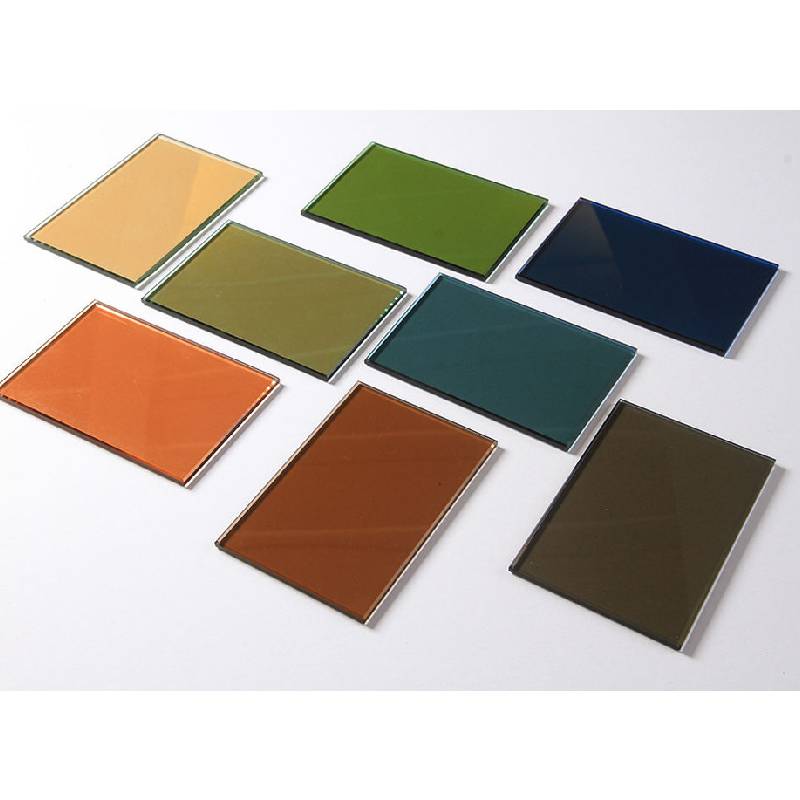

Understanding Low Emissivity (Low-E) Glass A Sustainable Solution for Modern Architecture
In recent years, the pursuit of energy efficiency in building design has led to the increased popularity of Low Emissivity (Low-E) glass. This innovative glazing technology plays a crucial role in enhancing the energy performance of buildings while also providing comfort and aesthetic appeal. This article will explore what Low-E glass is, how it works, its benefits, and its applications in modern architecture.
What is Low-E Glass?
Low-E glass is a type of insulated glass unit (IGU) featuring a microscopic metallic coating. This coating is applied to one or more of the glass surfaces during the manufacturing process, which significantly alters the glass's thermal properties. Low-E glass is primarily designed to reflect heat while allowing visible light to pass through, creating an ideal balance for both natural lighting and energy conservation.
How Does Low-E Glass Work?
The effectiveness of Low-E glass stems from its ability to control the flow of radiant heat. The metallic coating reflects long-wave infrared radiation while allowing short-wave sunlight to penetrate. This means that during the winter months, Low-E glass reflects indoor heat back into the building, conserving warmth and reducing heating costs. Conversely, in the summer, it minimizes solar heat gain, thereby keeping indoor spaces cooler and reducing reliance on air conditioning systems.
There are two main types of Low-E glass passive and solar control. Passive Low-E glass is typically used in colder climates, where maximizing heat retention is crucial. Solar control Low-E glass, on the other hand, is designed for warmer climates, where reducing solar gain is more beneficial. By selecting the appropriate type of Low-E glass based on local climate conditions, architects and builders can significantly enhance a building’s energy efficiency.
Benefits of Low-E Glass

One of the most significant benefits of Low-E glass is its ability to reduce energy consumption. Buildings equipped with Low-E glazing can see energy savings of up to 30% to 50%, thereby decreasing utility costs and lowering their carbon footprint. This energy efficiency not only benefits the environment but also translates into economic savings for homeowners and businesses.
Low-E glass also provides superior comfort. By minimizing drafts and maintaining a consistent indoor temperature, occupants experience improved comfort levels. Moreover, Low-E glass reduces glare and helps protect furnishings and artwork from harmful UV rays, making it an excellent choice for residential, commercial, and institutional buildings.
Furthermore, Low-E glass serves an aesthetic purpose. Available in various styles and finishes, it enhances the architectural appeal of a building while allowing for ample natural light. This transparency, combined with energy efficiency, makes Low-E glass highly desirable in contemporary design.
Applications in Modern Architecture
The versatility of Low-E glass makes it suitable for a wide range of architectural applications. It is commonly used in residential homes, where large windows can bring in natural light without compromising energy efficiency. In commercial buildings, Low-E glass is utilized in curtain wall systems, storefronts, and office windows, contributing to the overall sustainability goals of the structure.
In addition to traditional applications, innovative uses of Low-E glass are emerging in green building designs. Many architects are incorporating Low-E glass into passive solar designs, where careful orientation and high-performance glazing work together to create energy-efficient buildings that thrive on natural resources.
Conclusion
In conclusion, Low Emissivity (Low-E) glass has emerged as a pivotal component in the quest for sustainable building practices. With its ability to improve energy efficiency, enhance comfort, and contribute to aesthetic design, Low-E glass offers a comprehensive solution for modern architecture. As the demand for environmentally responsible building materials continues to rise, Low-E glass stands out as a smart choice for builders and designers aiming to create energy-efficient and visually appealing spaces. With advancements in glazing technology, the future of architecture undoubtedly looks promising with the integration of Low-E glass.